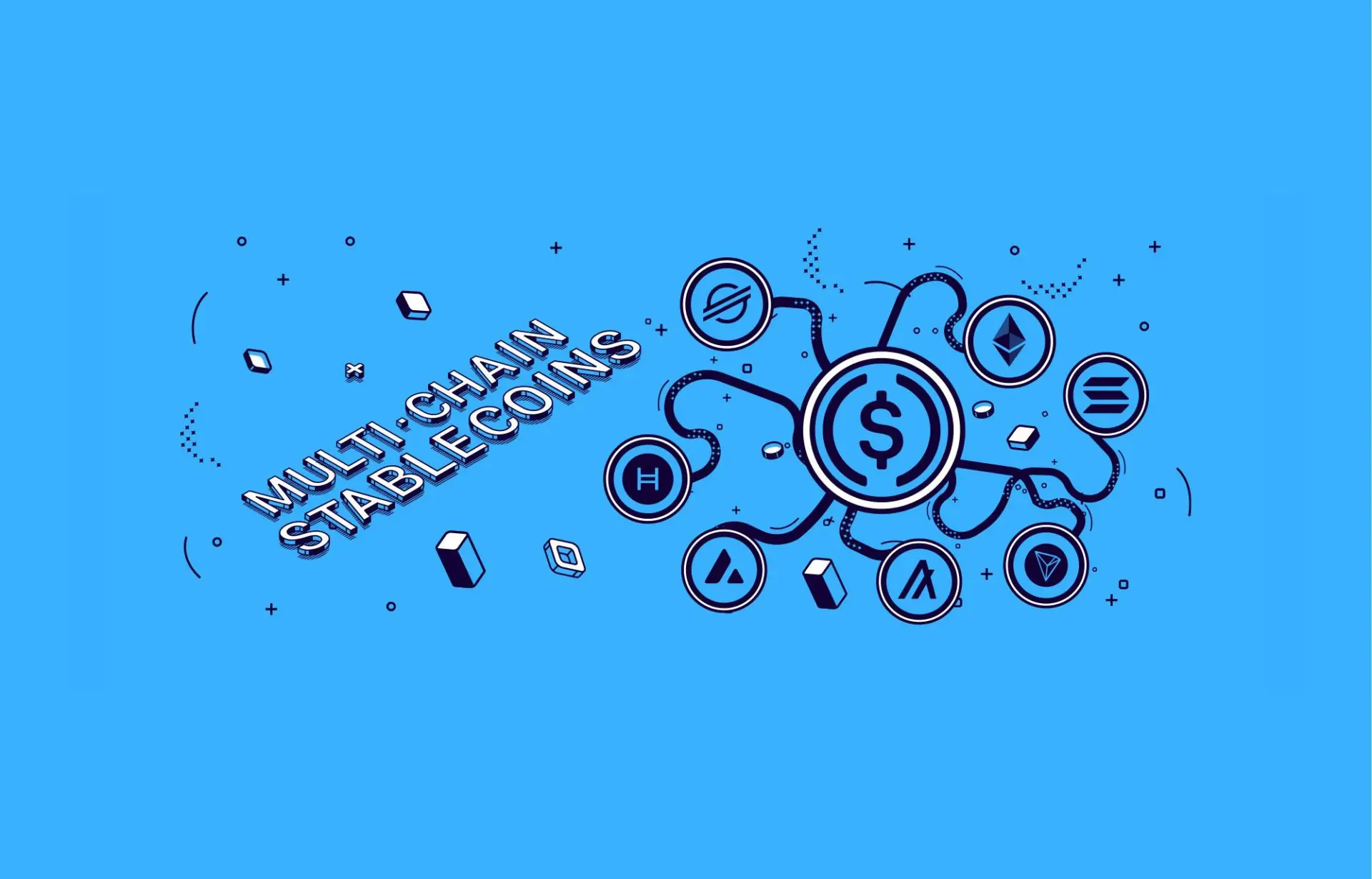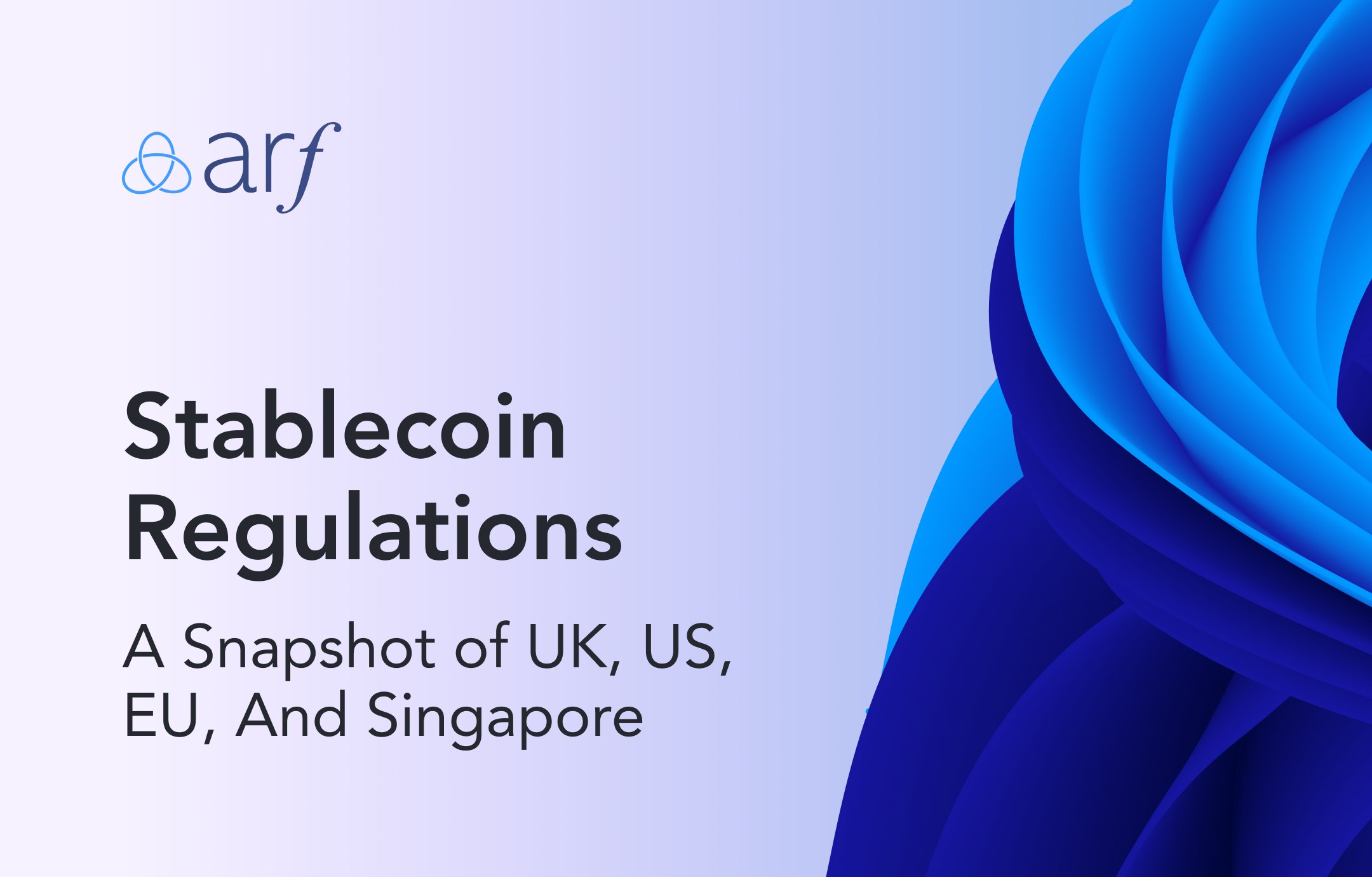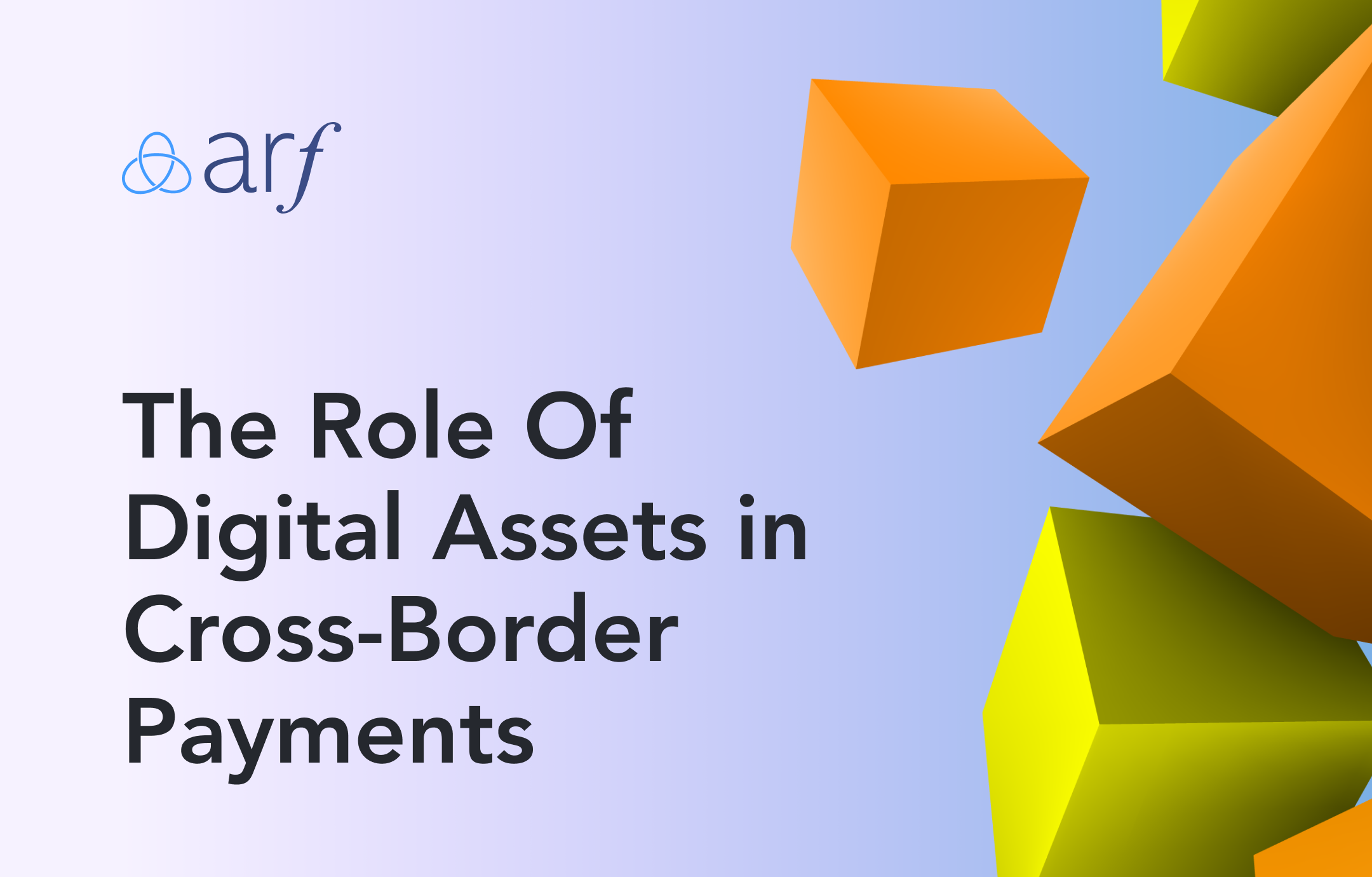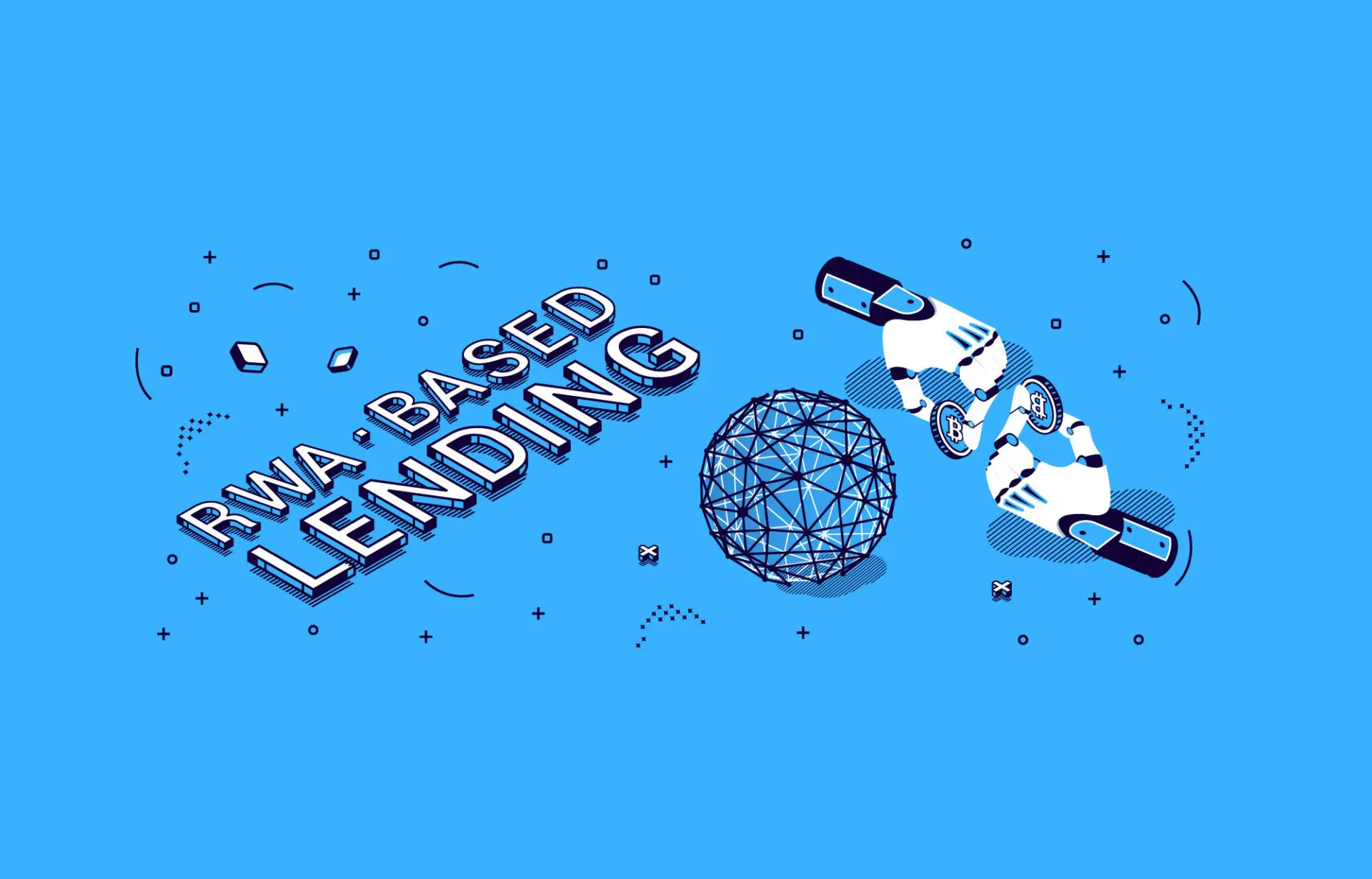What is a multichain stablecoin?
A multichain stablecoin is available on several blockchain networks rather than a single one. Therefore, it can flexibly operate on various blockchains, which reduces the friction of converting a stablecoin across different ones, and helps users access other businesses and applications using different protocols.
For example, USDC is a multichain stablecoin available on Ethereum, Stellar, Avalanche, Algorand, Solana, Hedera and Tron blockchains.[1] Even more integrations are expected to come, including Celo, Flow, Kava, Nervos, Polkadot, Stacks and Tezos.[2] USDT, on the other hand, is live on Ethereum, Algorand, Solana, EOS, Liquid Network, Omni, Tron, and Bitcoin Cash’s Standard Ledger Protocol.
Why is multichain design important?
DeFi is multichain.
Decentralized finance (DeFi) is a global, open, blockchain-based alternative to the current financial system that doesn’t rely on central financial intermediaries such as banks and brokerages. Instead, it offers financial products and services through smart contracts on blockchains. As of October 2021, the market size of DeFi is above $93 billion[5], and it is expected to grow even more rapidly[6].
DeFi is a multichain system, so a multichain stablecoin design is smarter than single-chain ones that are limiting users’ playground to only one network. As the future is decentralized[7], multichain stablecoins are a must-have for businesses.
Different blockchains solve different problems.
You can’t do everything you need on a single blockchain, as different blockchains are designed to solve different problems. For example, for a user who wants to get involved in cryptocurrency, the first step will usually be to buy some, which requires the trade of fiat money for digital assets. Any service that provides this exchange is called an “on-ramp”[8].
Single-channel on-ramps have always been a problem since they limit the money flow within the ecosystem. Multichannel stablecoins solve this problem by expanding the entries for new users and new money into this space.
Blockchains get congested.
Blockchains have the risk of getting congested, just like in the case of Ethereum. The Ethereum network runs the 2nd biggest cryptocurrency in the world, USDT (Ether), with a market cap of more than $76 billion[9]. In addition to that, it is the network on which non-fungible tokens (NFTs) and DeFi are built. While the global NFT industry has reached up to $10 billion in size within a couple of years, DeFi, running primarily on Ethereum, has grown by 88 times last year.[10]
Each Ethereum transaction requires a certain amount of computational effort, referred to as “gas”.[11] The more computational effort your transaction has, the more gas fee you pay. Huge industries such as NFTs and DeFi operating on Ethereum are clogging up the network, running the gas fees sky-high as a result.
Multichannel stablecoins aren’t susceptible to such disruptive changes in fees because they aren’t dependent on a single chain. For instance, despite the clog in the Ethereum network, USDC users can keep making transactions effectively, as it also runs on Stellar, Algorand, and Solana that have much cheaper fees for moving USDC.
The bigger the network, the bigger the opportunity.
The most significant advantage of a multichannel stablecoin is the flexibility to choose from several blockchains to solve different problems. From digital payments and crypto trading to DeFi apps, multichain stablecoins allow users access to the best and latest technologies the fintech ecosystem offers.[12]
By forming partnerships with several blockchains, multichain stablecoins are well-positioned to bring freedom and flexibility to businesses. As a result, more business opportunities come up, more problems get solved faster, and transaction fees stop posing a threat to business. It is no different from the rule we all know: the bigger the network, the bigger the opportunity.
[1] https://www.circle.com/en/multichain-usdc
[2] https://www.coindesk.com/business/2021/06/29/usdc-stablecoin-could-soon-expand-to-10-more-blockchains/
[3] https://tether.to/tether-usdt-to-launch-on-solana/
[4] https://help.coinbase.com/en/coinbase/getting-started/crypto-education/USDT
[5] https://www.statista.com/statistics/1237821/defi-market-size-value-crypto-locked-usd/
[6] https://cointelegraph.com/news/defi-can-be-100-times-larger-than-today-in-5-years
[7] https://www.undp.org/publications/future-decentralised
[8] https://cointelegraph.com/explained/cryptocurrency-on-ramps-and-off-ramps-explained
[9] https://coinmarketcap.com/currencies/tether/ (14 Dec 2021)
[10] https://www.forbes.com/sites/lawrencewintermeyer/2021/05/20/after-growing-88x-in-a-year-where-does-defi-go-from-here/?sh=40185baf74ce
[11] https://ethereum.org/en/developers/docs/gas/
[12] https://www.circle.com/blog/the-power-of-multichain-usdc





